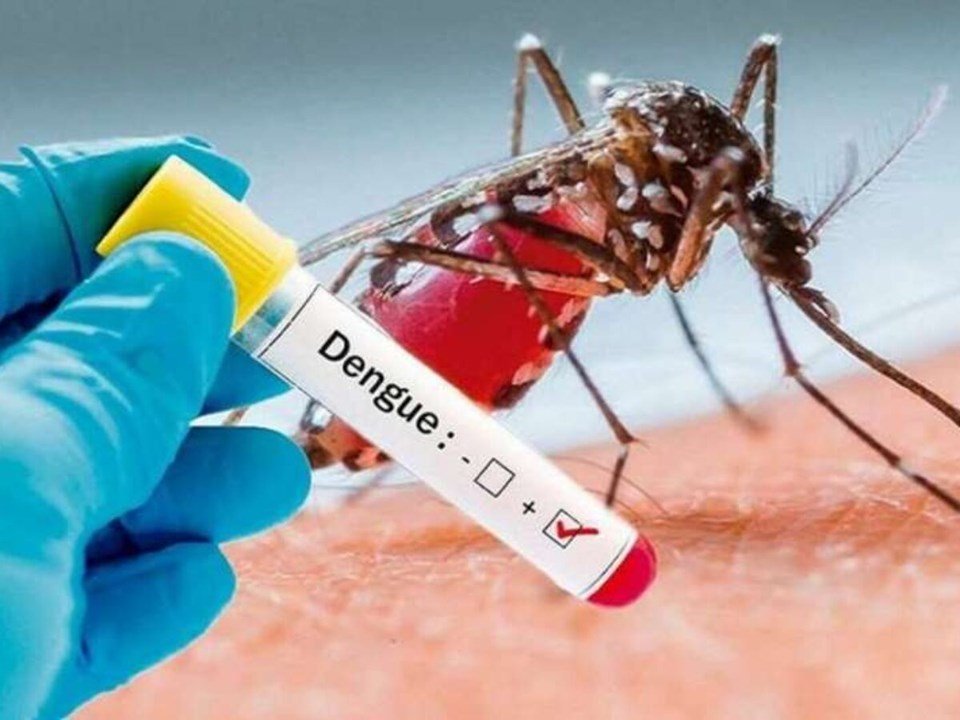The number of deaths from dengue fever in the city of São Paulo this year has risen to 14. The number of neighborhoods experiencing an epidemic has also increased, with 45 now affected, including Itaim Bibi in the West Zone. The capital has already registered more than 46,000 cases in 2025. In the week between May 12 and 18, there were 143 additional cases compared to the previous week, totaling 3,550. The accumulated total reached 3,693 cases as of Monday (19/05).
This Content Is Only For Subscribers
To unlock this content, subscribe to INTERLIRA Reports.
Jardim Ângela
Jardim Ângela, in the South Zone, continues to report the highest number of cases since the start of the year, with alarming figures. In addition to Jardim Ângela, 44 other neighborhoods are also experiencing an epidemic, with more than 300 cases per 100,000 inhabitants. Six neighborhoods have been added to this list: Anhanguera and Vila Guilherme in the North Zone; Jardim Helena and Iguatemi in the East Zone; Itaim Bibi in the West Zone; and Socorro in the South Zone.
Age Group
The age group with the highest number of deaths is between 20 and 34 years old, with five fatalities. Additionally, there have been two deaths in the 10 to 14-year-old age group.
Dengue Vaccine
Despite the availability of the vaccine, demand for vaccination remains below the ideal level. Qdenga, offered by the SUS, is administered in a two-dose schedule, with a three-month interval between doses for children and adolescents aged 10 to 14, an age group that has the second-highest number of hospitalizations due to dengue, after the elderly. Since the coverage began in April 2024, 54.95% of the population has received the first dose, but only 27.84% have received the second dose.
Analysis:
The dengue outbreak in São Paulo reveals critical challenges in public health response and community engagement. The rapid spread of the disease across 45 neighborhoods, including areas of higher socioeconomic status like Itaim Bibi, shows that vector control remains inadequate and unevenly implemented. Jardim Ângela’s persistently high case numbers also point to structural vulnerabilities, such as poor sanitation and limited access to health services, that worsen the risk of transmission.
The data on fatalities is particularly concerning. The concentration of deaths among young adults aged 20 to 34, and the significant impact on adolescents aged 10 to 14, deviates from historical patterns where the elderly were typically the most affected. This shift suggests a possible change in exposure dynamics or a gap in early diagnosis and care for younger populations.
It is of utmost importance to get vaccinated against Dengue and eliminate all proliferation spots, which are normally small and big bodies of still and clean water.
Sources: G1.




